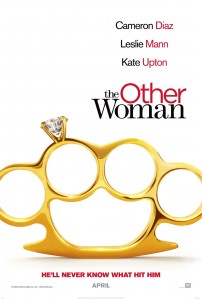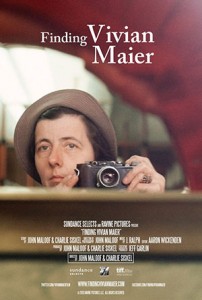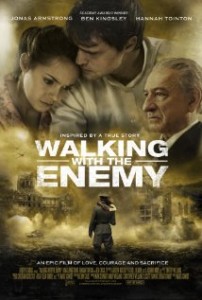Interview: Stars of “Walking With the Enemy” Jonas Armstrong, Simon Kunz, and Simon Dutton
Posted on April 25, 2014 at 7:00 am
Jonas Armstrong, Simon Kunz, and Simon Dutton talked to me about appearing in the Holocaust story “Walking with the Enemy.”
I first asked them about their accents. Two Brits and an Irishman were cast as Hungarian Jews who spoke both Hungarian and German. “We didn’t want to go to accent-land,” Armstrong said. But they did want to sound like they were all from the same place. A Hungarian coach helped them with vowel sounds. But Dutton added, “I think the idea was not to make it too strong.” They did not want to distract the audience, just give a suggestion of Eastern Europe.
Simon Kunz talked about researching the real-life character he played. “Totally it was a piece of history that I wasn’t aware of. Yeah he ran the Glass House and a little bit of Switzerland was created in Hungary, it was a neutral territory. He tried to get the Jews into Palestine by printing these passports in this print factory.”
Armstrong talked about the conflicts his character faced in knowing that for every one he saved, many more would die. “I think the thing I have to remember is it would always be better to save one person out of ten than none at all. I think he would be at sort of loggerheads with himself. In a sense, he maybe would be because he is trying to do as much as is possible but is not doing as much as he thinks is enough. But I mean you can only do so much. For him to think, ‘Oh I’m going to be able to save everybody,’ in all that’s 200,000 Jews. That would just be ridiculous! He would have some sort of sense of rationality to sort of accept that he can only do his best and sometimes his best might not be good enough for him but it is better than nothing.”
Simon Dutton’s character has to make the same trade-offs in his own way, which sometimes leads to disagreement. “We were at loggerheads.”
I asked whether it was difficult to work with the actors who were playing such evil villains. Simon Dutton laughed and pointed to Simon Kunz: “He was best mates with the guy who killed him . It was very funny.”
It is a benefit to have a friendly relationship with the other actors, Armstrong added. “Also to have that light sort of relief between the scenes helps, because they are horrible scenes. You have to be able to sort of just forget before you have to go back to the shooting and tension.”




